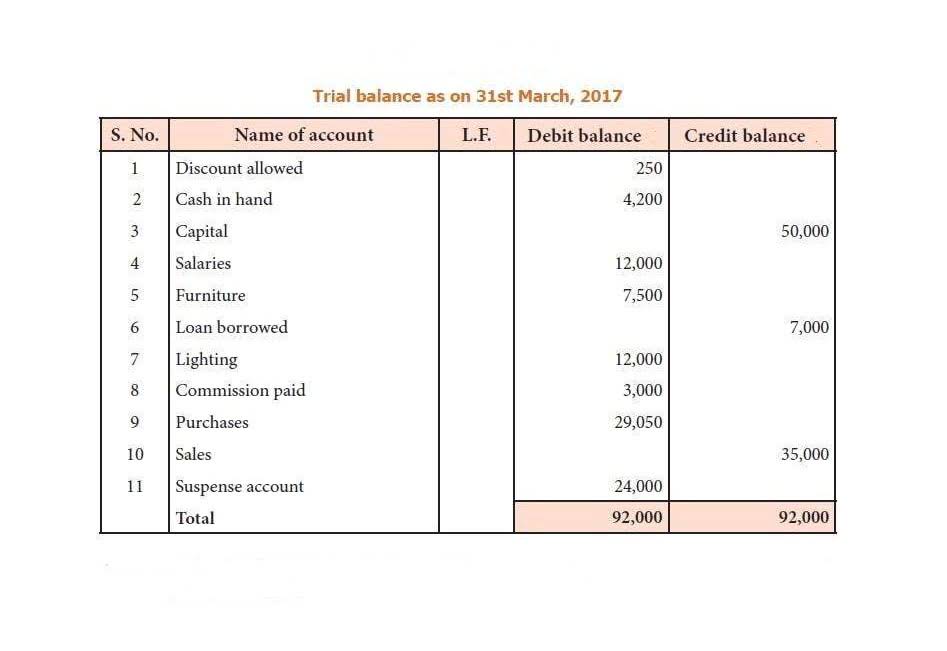
Investing activities often refers to the cash flows from investing activities, which is one of the three main sections of the statement of cash flows (or SCF or cash flow statement). Stakeholders also view this section to determine how a company uses its finances. Cash flows from operating activities may include purchase/sale of assets, investment in securities, sale of securities, income from those sources, etc.

When capital expenditure increases, it generally causes a reduction in cash flow. Capital expenditure, as mentioned, is the purchases of assets by the company. Therefore, an increase in capital expenditure could mean that the company is investing more towards their growth and future. Typically, companies that show a high capital expenditure in their statements also happen to be companies that are in their growth phase. When there is a steady decline in investments in fixed assets, it can imply that management does not believe there are good investment opportunities within the business. If so, there should be an increase in dividend payouts, because management has chosen to instead send excess cash back to investors.
Firm of the Future
However, as discussed earlier, this is not necessarily bad for the company since such situations are the prerogative of companies in their initial years that are going through a growth phase. The capital expenditures give very useful insights into the performance of the company. Moreover, since the cash flow statement follows cash accounting instead of accrual accounting, investing activity accounting the capital expenditure portrays a realistic picture of the company’s financial position. Cash spent (cash outflow) means that the investing activity cash flow was negative. However, the sale of investments (cash inflow) means that the investing activity cash flow was positive. The second section of the cash flow statement involves investing activities.
- Without this statement, stakeholders cannot determine how companies reached their closing cash and cash equivalent balances.
- There are no acquisitions (“Investments in Businesses”) in any of the years; however, it is there as a placeholder.
- As a result, the amount of the company’s long-term liabilities increased, as did its cash balance.
- Investing activities include cash activities related to non-current assets.
- If a company sells its fixed assets (vehicle, building, machinery, property), it will increase the cash flow from investing activity.
In short, investment activities provide information on how a company keeps its assets up to date and invests in future growth. And when used in conjunction with the profit and loss statement and the adequate cash flow, cash flows from investments help investors better understand the company’s financial affairs. When investors and analysts want to know how much a company spends on PPE, they can look at the sources and expenditures in the investment section of the cash flow statement. Proceeds obtained from the disposal of fixed assets such as property, plant and equipment. Evaluating the example, we learn that Company X invested heavily in PPE in totals of $30,000.
What is your current financial priority?
Investment activities include any resources and costs from a company’s investment. These may consist of the purchase or sale of goods, loans made to merchants or received from customers, and payments related to acquisitions are included in this section. The Cash flow statement (CFS) is one of three primary financial statements and summarizes cash flows and cash equivalents (CCEs) coming in and out of the company.
Before analyzing the different types of positive and negative cash flows from investment activities, it is essential to review when a company’s investment activity includes its financial statements. Cash flow from investing activities includes any inflows or outflows of cash from a company’s long-term investments. And by keeping cash flow investment activities separate, investors will also be able to see that the core business operations represented in the operating activities section are fine. Investing activities refer to any transactions that directly affect long-term assets. This can include the purchase of a building, the sale of equipment, or investing in stocks. Once completed, these activities are then reported on a company’s cash flow statement.
Everything You Need To Master 13-Week Cash Flow Modeling
Cash flows from financing activities are cash transactions related to the business raising money from debt or stock, or repaying that debt. A change to property, plant, and equipment (PPE), a large line item on the balance sheet, is considered an investing activity. When investors and analysts want to know how much a company spends on PPE, they can look for the sources and uses of funds in the investing section of the cash flow statement. This component may also include investments in fixed assets, sale of assets, provision on loan to third parties, etc.

For example, a company might be investing heavily in plant and equipment to grow the business. These long-term purchases would be cash-flow negative, but a positive in the long-term. The cash flow statement is one of the most revealing documents of a firm’s financial statements, but it is often overlooked.
Cash flow from investing activities is a line item on a business’s cash flow statement, which is one of the major financial statements that companies prepare. Cash flow from investing activities is the net change in a company’s investment gains or losses during the reporting period, as well as the change resulting from any purchase or sale of fixed assets. Investing activities are one of the main categories of net cash activities that businesses report on the cash flow statement. Investing activities in accounting refers to the purchase and sale of long-term assets and other business investments, within a specific reporting period. A business’s reported investing activities give insights into the total investment gains and losses it experienced during a defined period.
Available-for-Sale Securities: Definition, vs. Held-for-Trading – Investopedia
Available-for-Sale Securities: Definition, vs. Held-for-Trading.
Posted: Thu, 02 Nov 2023 07:00:00 GMT [source]
Overall, the cash flow statement provides an account of the cash used in operations, including working capital, financing, and investing. Investing activities represent a dynamic part of any small business’s accounting practices. The amount of cash appearing on a company’s income statement can vary almost by the minute depending on its investing activities, and things can get hectic fast. Negative Cash Flow from investing activities means that a company is investing in capital assets.
